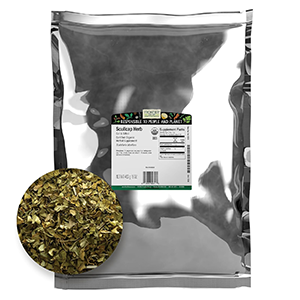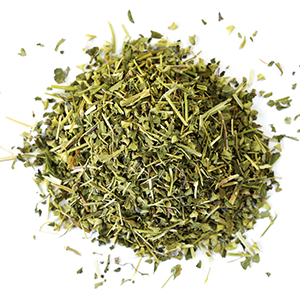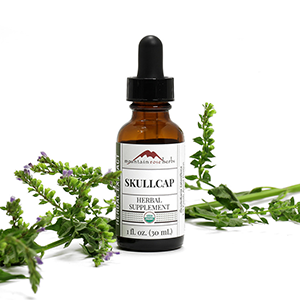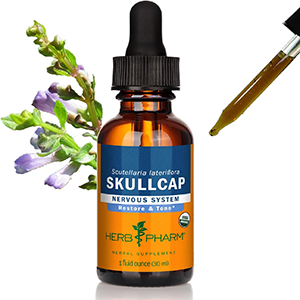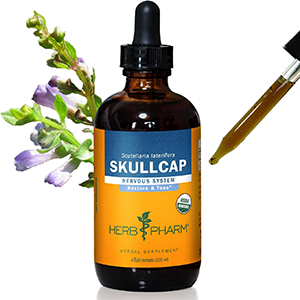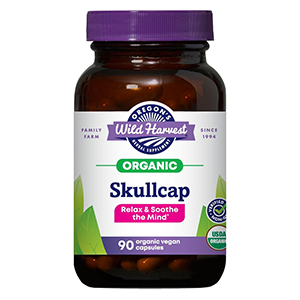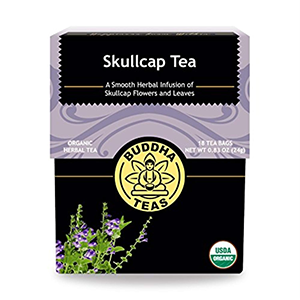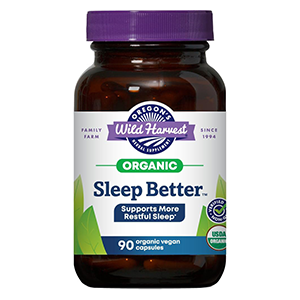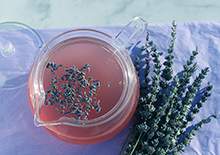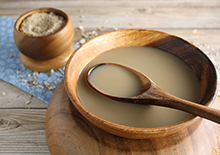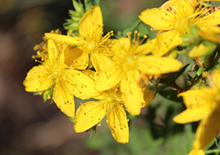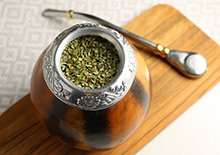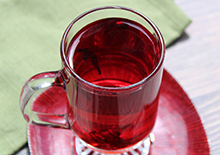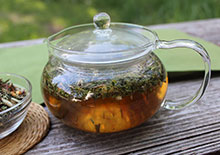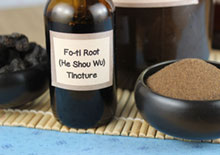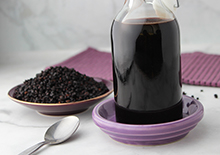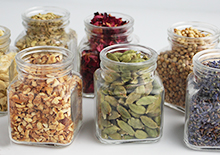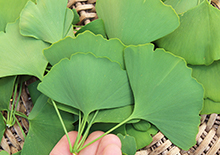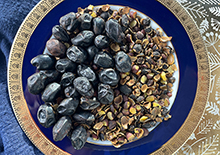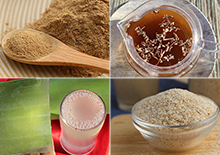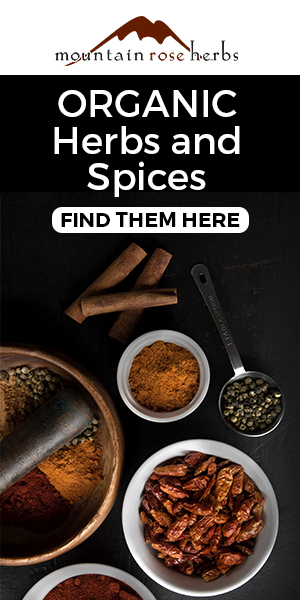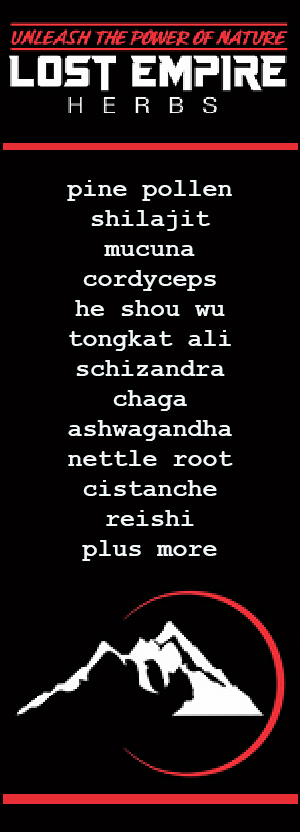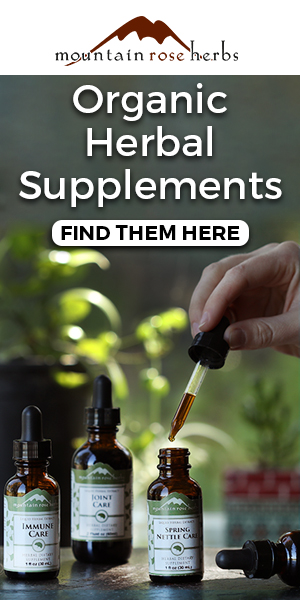- Home
- List of Herbs
- Top Benefit of Skullcap
Top #1 Benefit of Skullcap Herb
What is Skullcap? | Top Benefit of Skullcap | Peaceful Calming Skullcap | Recommend Skullcap Tincture | How to Make Tincture | Precautions | Shop
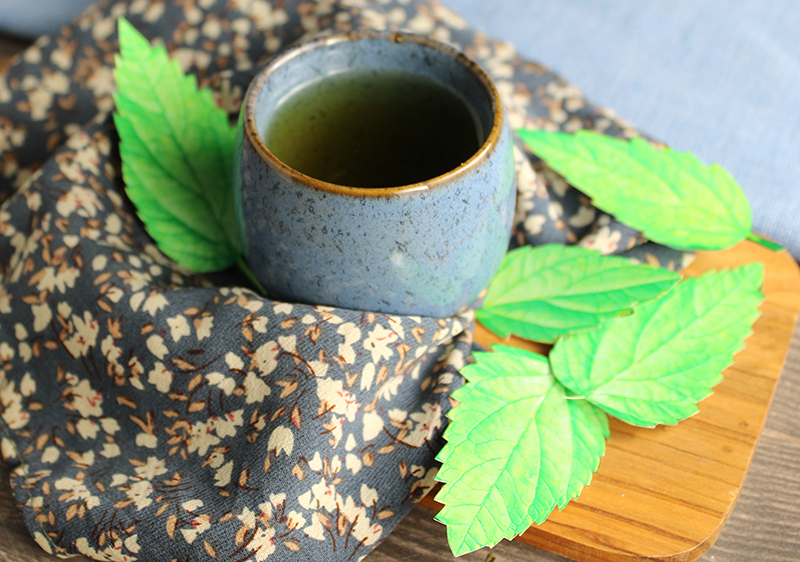
Skullcap (Scutellaria lateriflora) is a perennial plant in the mint family and is native to North America, hence the name American Skullcap. It can, however, be found in many temperate climates worldwide.
This species is the main one that has been utilized in traditional Western herbalism for many centuries.
It also goes by the names Blue Skullcap (for its purple/blue-colored flowers), Mad Dog Skullcap (a supposed rabies folk remedy) and Virginian Skullcap (Virginia state being one of its original habitats).
The fresh slender serrated leaves look a lot like mint and the plant also has the classic square-shaped stems that mints are known for.
Table of Contents
What is Skullcap? | Top Benefit Sleep Therapy | Peaceful Calming Skullcap | Recommend Skullcap Tincture | How to Make Tincture | Precautions | Shop
Scutellaria lateriflora typically grows well in moist conditions like meadows, swampy woodlands and other wetlands.
Some of the main flavonoids in American skullcap are extracted from the leaves and stems using hot water or an alcohol menstruum.
We will discuss how to make a skullcap tincture more below, but first, let's dive into the #1 top benefit of skullcap and reasons to include this botanical ally in your home apothecary.
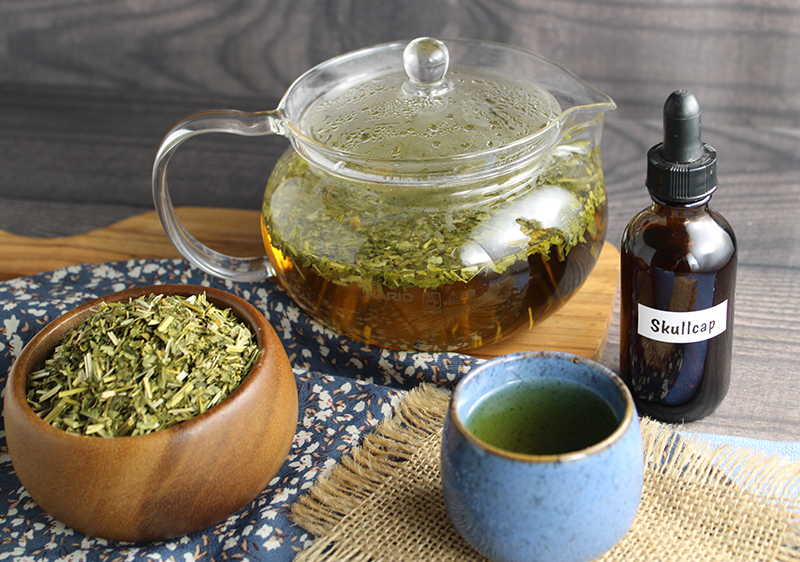
#1 Benefit of Skullcap - For SLEEP THERAPY
The leaves and stems of skullcap, sometimes spelled 'scullcap', are traditionally known for their powerful attributes as a NERVINE tonic. This is a group of herbs with effects that may range from mildly calming to strongly sedating.
Herbal nervines work to support, nourish and "tone" the nervous system, helping to restore its functions in a gentle nutritive-based way.
This leads us to our #1 benefit of skullcap: For sleeplessness. Tinctures have been very popular among herbalists throughout the ages for improving sleep quality and addressing insomnia.
Skullcap is in the category of "strongly sedating" at higher doses and mildly tranquilizing at normal to lower dose amounts.
Different from conventional sedatives, herbal nervines such as skullcap are not addictive or come with major adverse side effects.
Ultimately, skullcap will help you to put a "Cap on Your Skull", assisting to pacify anxious thoughts and lessen nervous states that can prevent one from falling asleep or achieving deep sleep states throughout the night.
Many constituents in the herb are found to have anxiolytic (anxiety-relieving) properties including baicalin, baicalein, wogonin and scutellarin.
Some, like BAICALIN, are shown to have direct interactions with increasing GABA activity. GABA, the primary inhibitory neurotransmitter in the brain, is known for its relaxing influence on the central nervous system.
Additionally, in recent 2025 research, Scutellaria lateriflora was identified to be a "safe and effective strategy" for restoring normal sleep patterns in those with primary (acute) insomnia.
Keep all this in mind, skullcap might be a worthy contender as part of a therapeutic sleep protocol which may also involve tending to diet, lifestyle habits and/or emotional well-being.

More About Peaceful Calming Skullcap
Like the peaceful meadows in which it grows, skullcap can impart a wave of calm over tea drinkers and tincture consumers alike.
Along the same lines, dried skullcap is often included in ceremonial smoking blends with other herbs and sometimes tobacco leaves to promote inner tranquility and introspection.
On a more ethereal level, skullcap is suitably featured on the Star Tarot card in The Spirit of Herbs: A Guide to the Herbal Tarot, representing a time of inner reflection and meditation. Its affirmation goes as follows, "With peace and calmness in my heart, I am open to the inspirations that flow within me".
Interesting fact: Did you know that the original idea for the Starbucks logo came from the Star Tarot card? However, its meaning has now translated to be something quite the opposite of skullcap (ie: coffee).
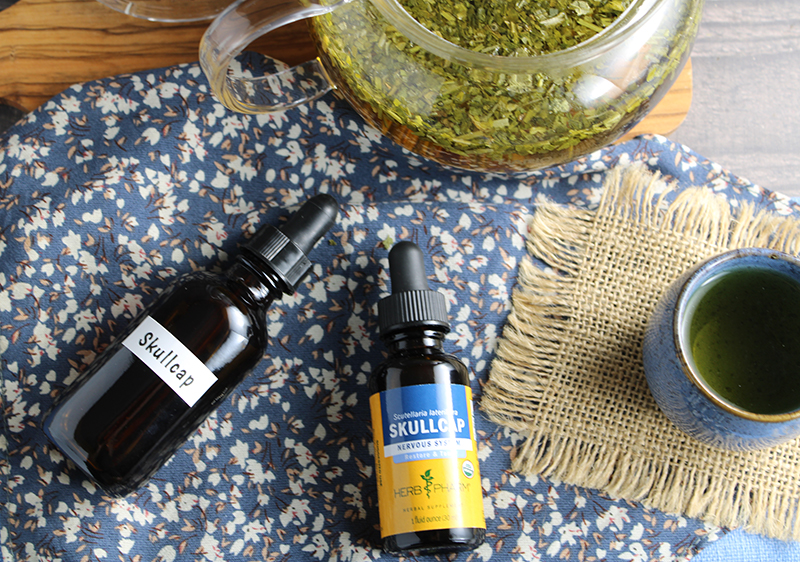
Why We Recommend Skullcap Tincture
Skullcap tea tastes slightly vegetal and bitter-sweet, similar to nettle but not at all like mint.
While skullcap can be infused as an evening tea, we recommend skullcap tincture for such purposes. One, for the increased potency and second because it doesn't fill your bladder with liquids right before bed.
Keeping a tincture bottle on your nightstand can also be convenient for moments of restlessness in the middle of the night.
You can get regular alcohol-based tinctures or alcohol-free versions. Below we'll show you how to make your own skullcap tincture, something we've been doing for over 20 years.
Skullcap can also be taken in capsule form and is often found with other natural sleep aids in supplement formulations with nervine herbs like valerian, hops, passionflower, chamomile and lemon balm.
How to Make a Skullcap Tincture
Making a skullcap liquid extract is very straight forward and doesn't require special tools or equipment.
We've been creating our homemade tincture of this herb for well over two decades and always keep a bottle in our medicine cabinet as well as by our bedside.
Ingredients:
- Dried Skullcap Herb (Scutellaria lateriflora)
- Vodka (80 proof or 40% alcohol by volume)
Directions:
- In a pint glass jar, fill half with dried skullcap.
- Pour vodka over the herb, stir and allow to soak in for 5-10 minutes.
- Next, add more vodka about an inch from the top.
- Place a non-metallic lid on the jar (as alcohol will corrode metal).
- Label your tincture with the herb and date.
- Store upright in a dark, cool, dry location like a pantry for about 4-5 weeks.
- Stir or shake your tincturing skullcap twice during the first week and once thereafter.
- After this time frame, strain out the herbal material from the liquid using cheesecloth, a mesh bag, strainer or a tincture press.
- Funnel into tincture bottles and label.
This will yield you approximately four ounces of skullcap liquid extract or alcohol-based tincture.
For an even stronger tincture, you can make a double extract by straining out old herbal material, replace with more dried skullcap and repeating the 4 week tincturing process.
Precautions:
Do not use skullcap if pregnant or nursing. Consult your health care professional prior to use if you have a serious health issue or are taking any medications.
Shop Related Products (About Affiliates & Amazon Associate Paid Links)
Affiliate Disclaimer: This section contains affiliate product links. If you make a purchase through our recommended links, we receive a small commission at no additional cost to you. Thanks for the support.
